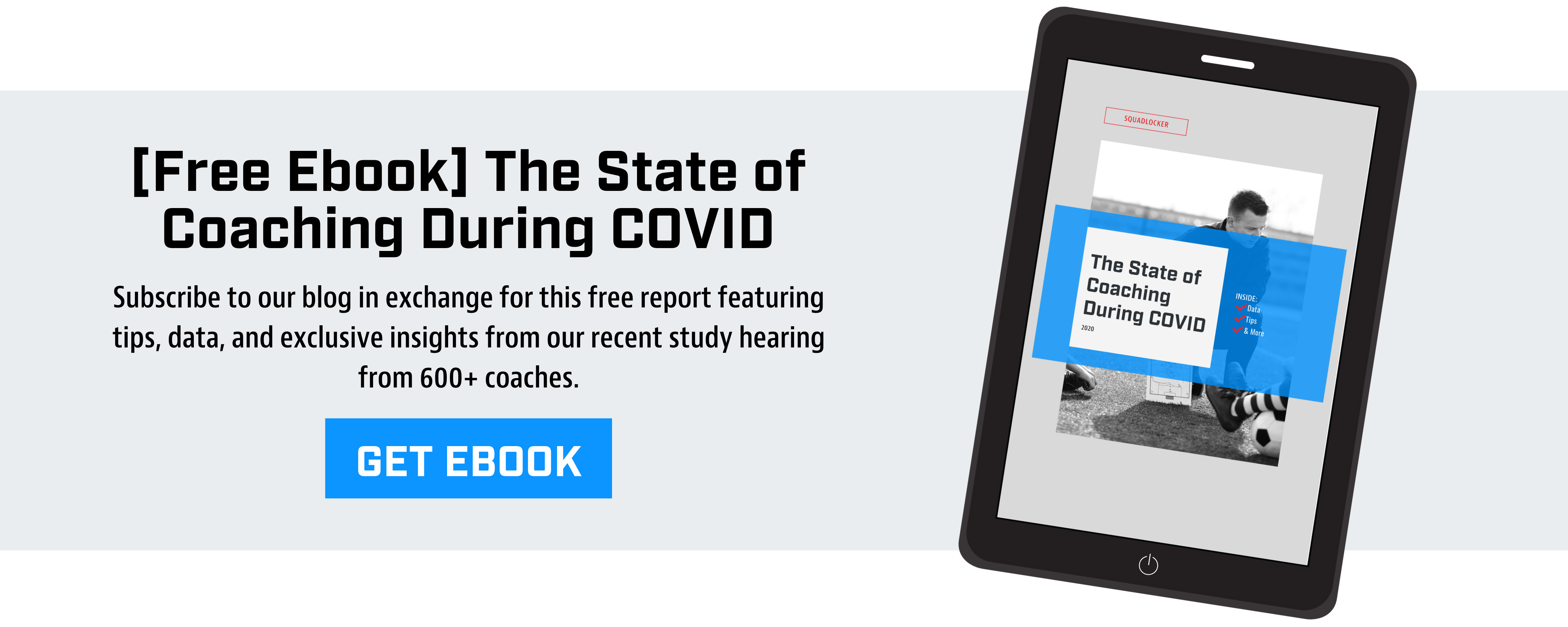You gotta have heart. We always say that about aspiring athletes, because self-motivation and willingness to give your all are fundamental to sports success. Especially in a tough game like football. That’s why the best, most successful coaches have excellent “heart detectors.”
They know their players, and they can mentally catalog each one’s top talents and weak points. Experienced coaches also rely on a wealth of accumulated evidence about play choices and results that they can draw on to make well-reasoned decisions.
And yet . . . it turns out some coaches are turning to mathletes as well as athletes to call winning plays.
High school football meets high tech
Stats have always been a big part of the game of football. Coaches study long lists of details about plays and players, their own as well as those of competing teams.
Watch any NFL game in the past couple of years and you see tablets everywhere, in the hands of players as well as coaches. They’re monitoring and reviewing innumerable details as the game progresses. Interestingly, however, the pros (and NCAA football as well) are not allowed to use computer-generated analytics to inform tactical decisions during the game.
But we recently read an article about George Mahoney, who is melding his coaching skills with his self-described “nerd side” to change the way high school football coaches use statistical analysis to guide game day decisions.
Many would say radically change that process.
You see, George Mahoney isn’t your typical football coach. He holds degrees from Columbia in both mathematics and chemical engineering, so he knows a thing or two about putting math to work to solve problems. And he’s always wondered about whether objective math would support or disagree with a coach’s subjective insight when it comes to determining the best next play.
Especially during high-pressure crunch times. Will the riskier play be worth it? Which option really does offer the best odds of success?
Using analytical software called EdjVarsity that simulates hundreds of thousands of game scenarios to arrive at a recommended course of action for coaches, George Mahoney has arrived at some interesting conclusions. (Or, at least, revealing trends that coaches should perhaps consider.) For example:
- Noting that 70% of punts are fumbled or never caught, he questioned why teams would bother to send out a punt returner. Instead, he suggests, teams could make more offensive and defensive plays if they chose to never punt. Furthermore, at a high school where this no-punt approach was put into play, not one player got a concussion because the hard-hitting punt rush was eliminated.
- He also uses analytics to prove that more offensive penalties = fewer scoring drives. While this may seem obvious on the face of it, coming face-to-face with the actual numbers can make a big impact on players, helping them see how their personal on-field behavior directly affects the final outcome.
- He recommends shorter, streamlined practices to keep coaches and players fresh for game day.
- And all those countless hours staff and players spend reviewing game films? Mahoney suggests that zeroing in on the 20% of plays that the opposing team ran 80% of the time and skipping the rest would save a lot of time and still provide most-needed insight.
Not all are enthralled
No one is suggesting that football coaches should be replaced (or ever could be) with software. And, football at the high school level especially is a highly personalized activity that often involves the entire community as well as coaching staff, players and parents. So converting to an analytics-driven approach to play calling doesn’t necessarily resonate with the home team.
Nonetheless, it’s looking as if innovative high school coaches may want to adopt a hybrid approach, if it could assure better results. The game of football will always require strength, agility and endurance, but there will always be numbers, too. Lots of numbers. Recruiting not only athletes but mathletes who can use analytics to guide play choices could be a winning strategy.
Share this Story



.jpg)







